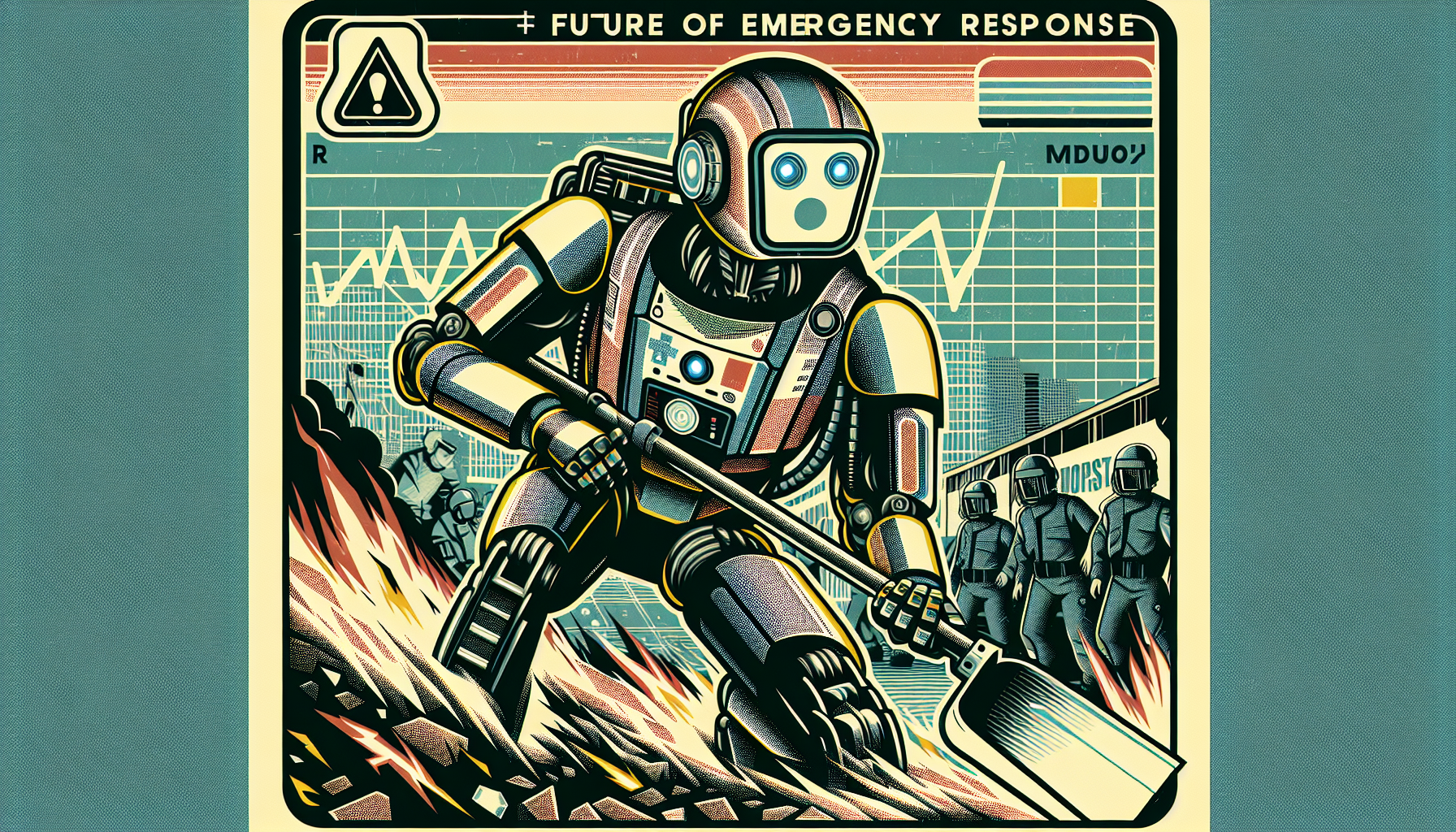The future of emergency response is being transformed by the emergence of humanoid robots, designed to tackle challenging and dangerous situations with unprecedented agility and precision. Among these groundbreaking innovations is the iRonCub3, a product of remarkable research by the Italian Institute of Technology.
The iRonCub3: Marvels of Modern Engineering
Meet the iRonCub3, an upgrade from its predecessor, the iCub. Initially crafted for artificial intelligence research, this small bipedal robot has evolved significantly. The ingenious team from the Artificial and Mechanical Intelligence group has equipped it with a twin-jet pack and advanced mechanisms for its hands, allowing it to hover or potentially fly during urgent scenarios.
Guided by sophisticated flight control algorithms, the iRonCub3 has proved its resilience in rigorous wind-tunnel tests. While not yet airborne, its potential to reach disaster sites swiftly holds promise for transforming emergency response in the near future.
A Multitalented Responder
- Aerial Inspections: With its ability to soar above devastation, the iRonCub3 can provide bird’s-eye views of disaster areas. This capability means real-time video and data feeds can guide and prepare human responders, setting a foundation for effective action.
- On-Site Data Collection: On the ground, the robot’s sensors and cameras gather crucial details in environments often too risky for human teams. Searching through rubble and identifying immediate hazards becomes more efficient, accelerating the rescue efforts.
- Providing Aid: Racing against time, the iRonCub3 can reach those in need even before human aid arrives. It can maneuver through perilous zones, offering initial help where it’s most needed.
A Broader Technological Movement
The vision for the iRonCub3 fits into a larger picture where robotics are becoming instrumental in first-response scenarios. Their capabilities extend beyond single instances, showcasing how they can change various emergency services.
Teleoperated Robotics in Law Enforcement
Assisting law enforcement, robots such as Tesla’s Optimus and Boston Dynamics’ Atlas are taking on dangerous roles from afar. They provide a safe way to handle crises like active shooter situations or explosive threats, keeping officers out of harm’s way while efficiently mitigating risks.
Disaster Response
Robots are proving invaluable in disasters. Advanced drones used, for example, by the Chula Vista Police’s “Drone as First Responder” project, ensure that real-time intelligence flows to command units, optimizing the performance and safety of human teams.
Search and Rescue Operations
When it comes to finding and saving lives, robots like Centauro and tiny yet powerful microrobots from Harvard innovate by navigating through rubble to locate survivors. They enter dangerous areas that are typically off-limits to human rescue crews, expediting operations safely.
Looking Ahead: A New Standard for Safety and Efficiency
The use of humanoid robots like the iRonCub3 in emergency responses is poised to become a cornerstone of modern emergency strategies, heralding advances in several key areas:
- Enhanced Safety: By entering dangerous environments first, robots minimize risks to human life. They withstand extreme conditions that could otherwise halt human endeavors.
- Improved Efficiency: Providing instant, critical data helps responders make quick, informed choices. Robots handle tasks like clearing debris and relaying communications, allowing humans to concentrate on crucial actions.
- Advanced Capabilities: The vision for flying humanoid robots reveals endless possibilities, particularly in remote or troubled areas where conventional response methods face challenges.
In essence, as robotics keep advancing, tools like the iRonCub3 stand ready to become fundamental in protecting lives and enhancing emergency service standards worldwide. Embracing this change, we edge closer to a future where technology continually guides us toward safer horizons.

Leave a Reply